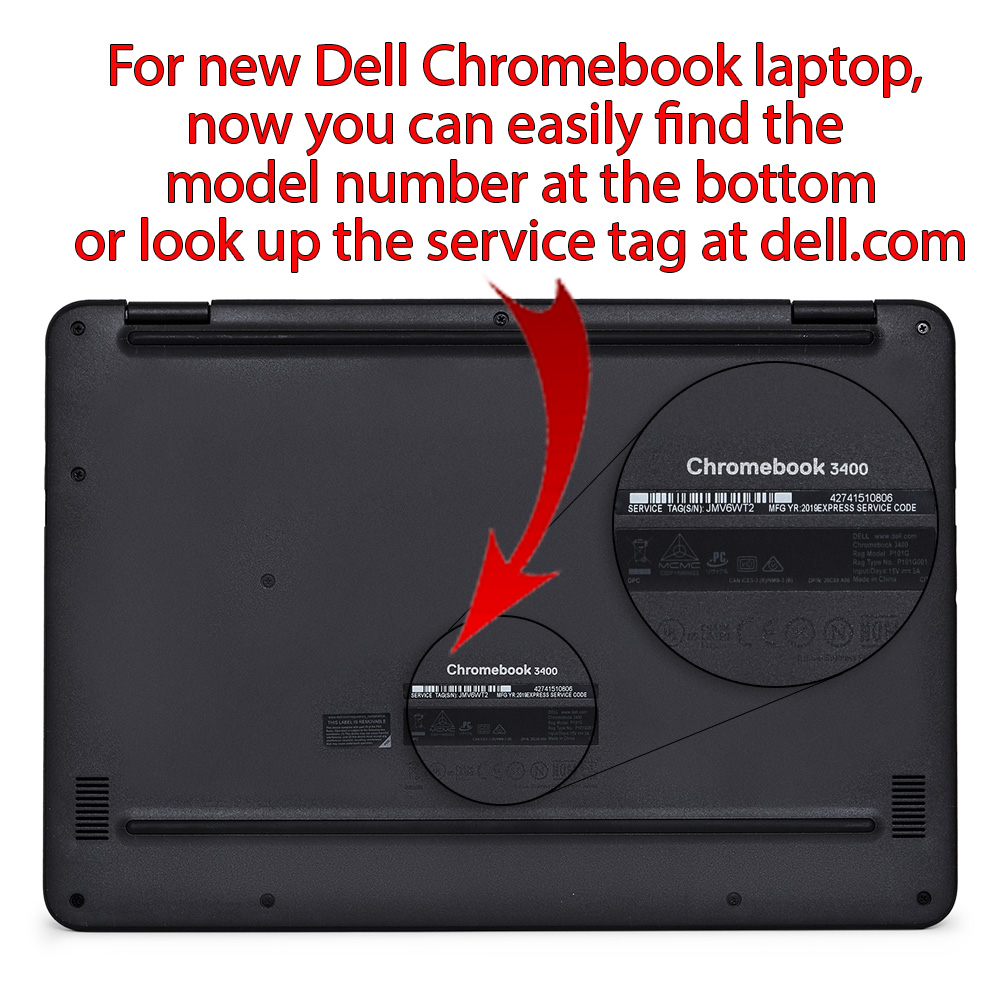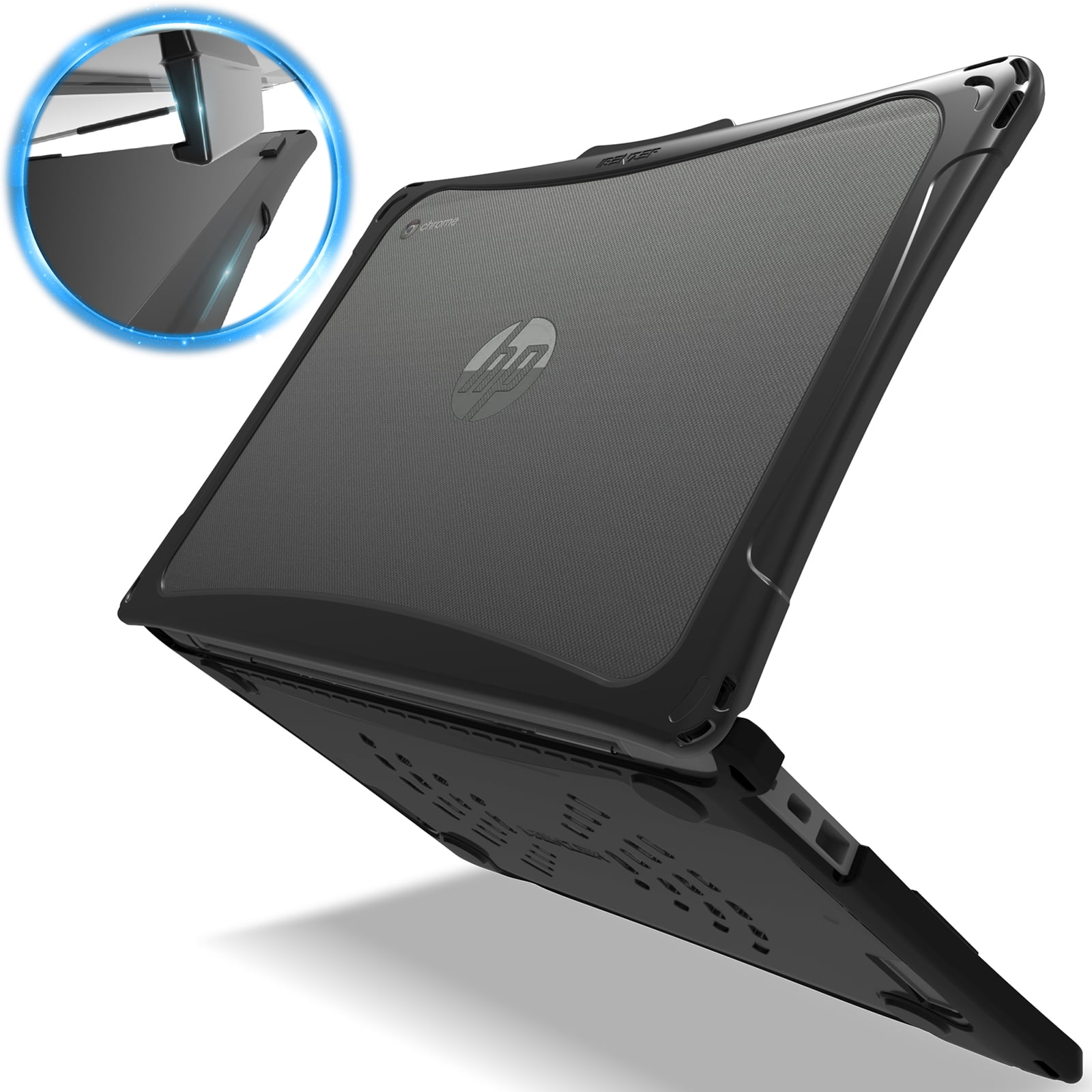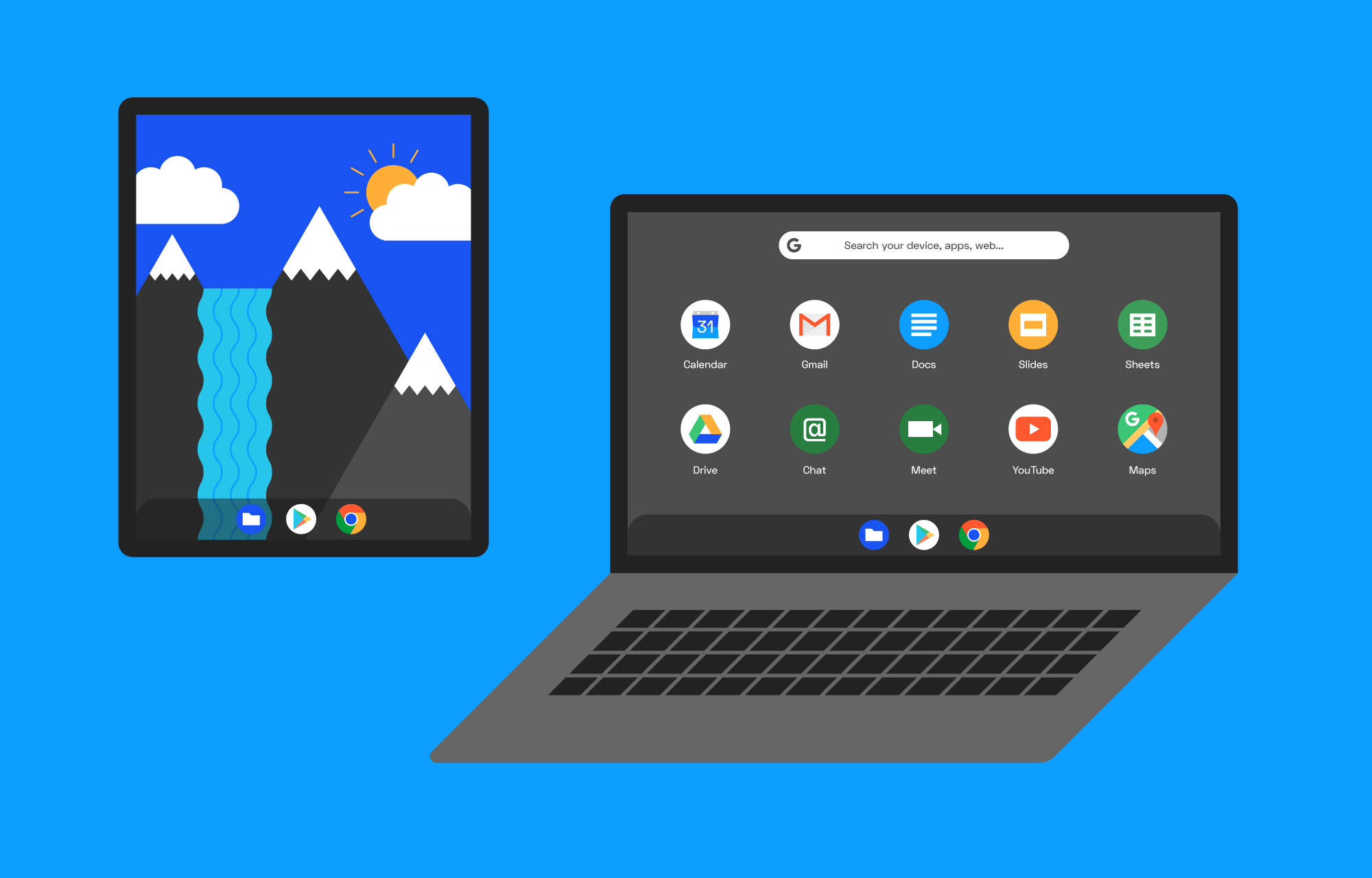

- #CHROMEBOOK SECURE SHELL INSTALL#
- #CHROMEBOOK SECURE SHELL FULL#
- #CHROMEBOOK SECURE SHELL ANDROID#
- #CHROMEBOOK SECURE SHELL SOFTWARE#
If is “gw” then the next hop gateway for the default route is used. Send ICMP ECHO_REQUEST packets to a network host. Show advanced Cross commands (Mostly used for debugging) They will have the necessary permissions and tools to manage device settings appropriately. If you are facing issues related to device management on a Chrome OS device, you should contact the system administrator or IT support in your organization or school for assistance. Typically access to device management settings and tools are restricted to an organization’s system administrators. It helps in configuring devices, enforcing policies, managing updates, and ensuring security across a fleet of Chrome OS devices. Device management in Chrome OS is a core feature designed to allow administrators to manage and control Chrome OS devices in an organization or educational setting. It is also worth noting separately that, CROSH does not grant the user the ability to disable device management.
#CHROMEBOOK SECURE SHELL ANDROID#
For that, you would need to use other mechanisms, such as the Chrome OS Linux container or Android app installations.
#CHROMEBOOK SECURE SHELL SOFTWARE#

Developers typically use more robust and feature-rich development environments and tools.
#CHROMEBOOK SECURE SHELL FULL#
Full system control: While CROSH provides access to some system-level information and basic commands, it doesn't allow complete control over the operating system.These tasks are handled through the Chrome OS settings. User management: CROSH doesn't have features for managing user accounts, creating new users, or changing user settings.
#CHROMEBOOK SECURE SHELL INSTALL#
To install applications or extensions, you need to use the official Chrome OS interface or the Google Play Store. Installing apps or extensions: CROSH does not support the installation of Android apps or Chrome extensions.Its functionality is limited to system diagnostics and a few specific tasks. Web browsing: CROSH is not a web browser and cannot be used for browsing the internet.While you can access some system files and perform basic file-related operations, it's not a complete replacement for a graphical file manager. File management: CROSH does not provide full-fledged file management capabilities like a traditional file manager.For more advanced system configuration tasks, you might need to use other methods or access the Chrome OS settings. System-wide configuration: CROSH is primarily designed for diagnostics and troubleshooting, so it doesn't offer direct access to system-wide configuration settings or preferences.Here are some of the things that CROSH is not capable of: This means that CROSH has certain limitations and specific restrictions due to its design and purpose.

While CROSH is a very powerful tool that users can use, it is important to know that it is somewhat limited as it is built to be as lightweight as possible.
Provides access to some system-level features and diagnostic tools.


 0 kommentar(er)
0 kommentar(er)
